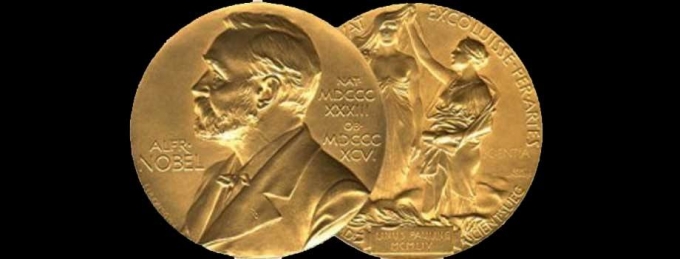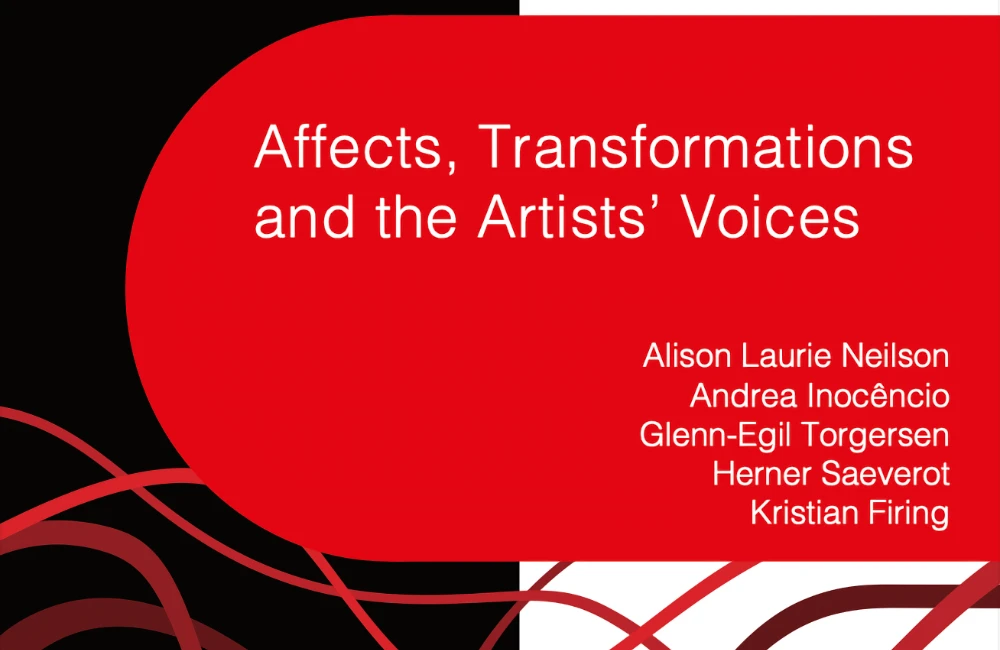6 insights from Nobel Laureates on using creativity to discover Nobel Prize-winning breakthroughs
Have you ever wondered how Nobel Laureates develop original ideas and achieve breakthrough discoveries? What can Nobel Prize-winning scientists teach business leaders about the creative process and innovation?
1. Work with passion
Theodor Mommsen, who became the first Nobel Laureate in Literature in 1901, said, “Without passion, there is no genius” Riccardo Giacconi (Physics, 2002) observed, “Nothing is going to happen unless you work with your life’s blood.” The reason Nobel Laureates work so hard is because they love their work.
2. Choose a big problem
Bruce Beutler, (Physiology or medicine, 2011) says, “It’s important to take risks, and not to be content with the limits of your field’s knowledge.” His advice is not to be conservative or timid, “Don’t set out to make incremental advances, do something very important. Choose a problem that you’d be very proud to solve.”
Richard Feynman (Physics, 1965) said, “Work hard to find something that fascinates you. When you find it you will know your lifework.”
3. Have the Courage of Your Convictions
In his Nobel lecture in Stockholm, Paul Lauterbur (Medicine, 2003) told the audience, “There’s a saying among scientists, that you don’t know you’ve got a really good idea until at least three Nobel laureates have told you it’s wrong.”
4. Learn from arts and crafts disciplines
The statistical odds of a scientist winning a Nobel Prize triples if he or she has an avocational practice in the arts.
—Robert and Michele Root-Bernstein
It might surprise you to learn that arts and crafts play a significant role in scientific discoveries. Robert and Michele Root-Bernstein, researchers at Michigan State University, have studied the avocational interests of Nobel Prize winners in Economics, Peace, Literature and Science and argue that arts and crafts foster scientific creativity.
Nobel laureates have about three times more adult avocations than the general U.S. public. Rabindranath Tagore ( Literature, 1913) was a Bengali poet, short-story writer, novelist, dramatist, composer, and painter. Gao Xingjian (Literature, 1992) the Chinese novelist, short story writer, and dramatist, made his living as an artist before he won the Nobel Prize.
In many cases, science vocations and artistic avocations intertwine: For example, American physicist Robert R. Wilson (Physics, 1978) was also a professional sculptor. He viewed the creative process of designing a supercollider as the same as designing a sculpture. He believed that the best science is as beautiful and awe-inspiring as the best art.
Sir Lawrence Bragg (Physics, 1915) learned to draw and paint from his artist mother and how to work with wood and metals from his physicist father. “The working scientist has need of hand knowledge,” he wrote, “For theory is nothing if it cannot be reduced to novel experiment or a new piece of apparatus.”
5. Become a polymath
Nobel Laureate Georg von Békésy (Physiology or Medicine, 1961) believed in the cross-fertilization of knowledge and skills:
In my student years, I was very much concerned with the question, why it is so difficult to imagine something new? Where are the limits of fantasy, was my daily question. It is very difficult to recognize these borderlines in a chemistry or physics book. But it is easy to see them in the history of art.
Through his studies of art, he discovered the elements that characterized the greatest art –imagination, surprise, consistency, and scale, also characterize the greatest science.
Eric Kandel, (Physiology or Medicine, 2000) describes the Vienna of his youth as intellectually vibrant, one of the great cultural centers of the world. “I see psychoanalysis, art and biology ultimately coming together, just like cognitive psychology and neuroscience have merged,” he observes, and has written two outstanding books about art through the lens of scientific inquiry: The Age of Insight: The Quest to Understand the Unconscious in Art, Mind, and Brain, from Vienna 1900 to the Present and Reductionism in Art and Brain Science: Bridging the Two Cultures.
6. Foster a Culture of Ideas
The MRC Laboratory of Molecular Biology (LMB) is a world-class research laboratory, dedicated to understanding important biological processes at the molecular level – with the goal of using this knowledge to tackle major problems in human health and disease.
The work of LMB scientists has been awarded 10 Nobel prizes: 7 in the field of chemistry and 3 for physiology or medicine.
“There’s a tradition of trying to hire smart people and then basically leaving them to it,” says Leo James, a group leader in the Protein and Nucleic Acid Chemistry Division, “It’s an environment where you’re encouraged to go after the big thing instead of having to have a publication every 3 months.”
Leadership at LMB believes in the importance of inspiring and guiding younger researchers to do great work. One way this is done is through LMB’s collaborative, informal culture. Tea breaks provide opportunities for senior investigators and graduate student to interact and discuss projects. Asking anyone for help is encouraged, even if you don’t work for them directly.
Published 02/21/2017
This post first appeared in my column on Inc.com
Reference:
Root-Bernstein, R., & Root-Bernstein, M. Artistic Scientists and Scientific Artists: The Link Between Polymathy and Creativity. In R. J. Sternberg, E. L. Grigorenko, & J. L. Singer (Eds.), Creativity: From potential to realization (pp. 127–151). American Psychological Association. 2004 https://doi.org/10.1037/10692-008
Root-Bernstein, R., & Root-Bernstein, M. Arts at the Center. Michigan State University, USA. 2016
See also:
Can Art Inspire Creativity in the Workplace?
How to Identify and Root Out Assumptions That Keep You Stuck
The Secret to Finding Creative Solutions from Legendary Designers





